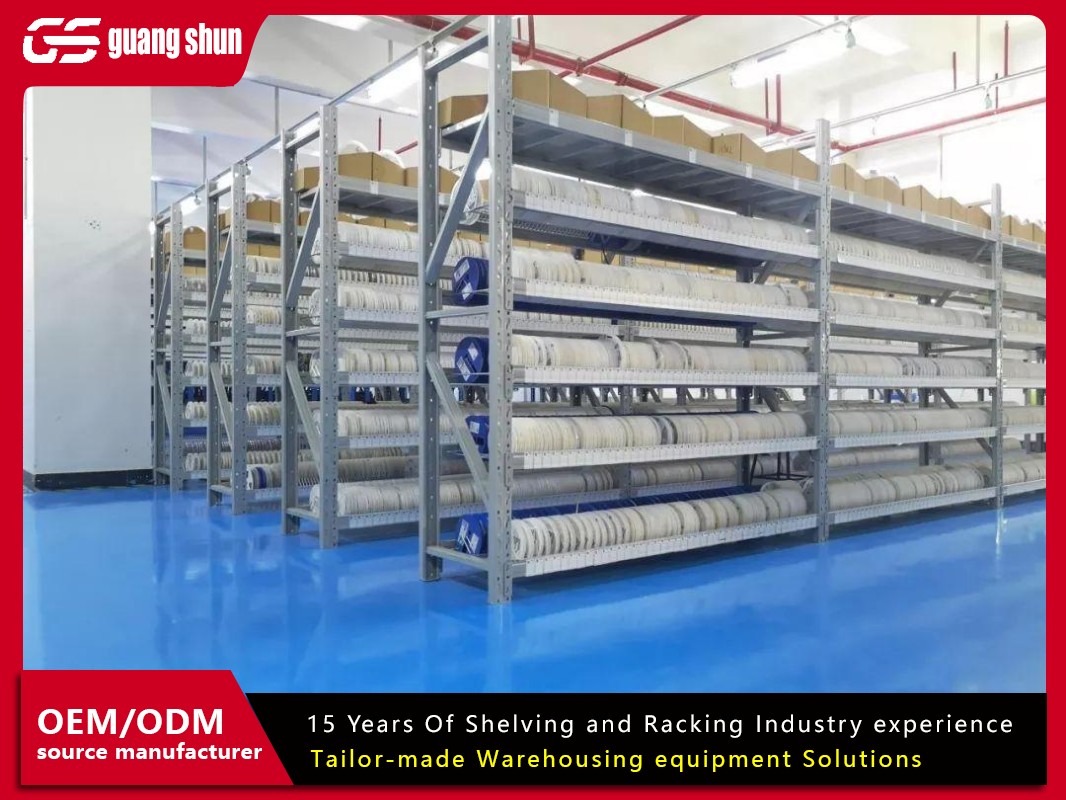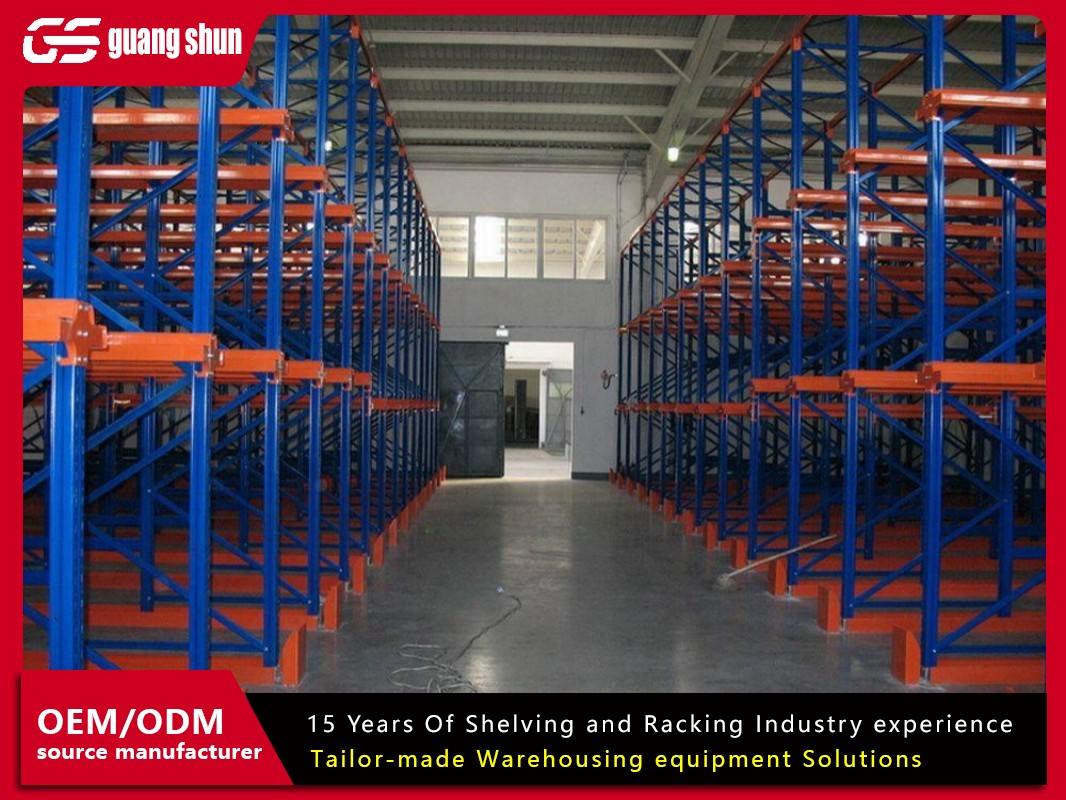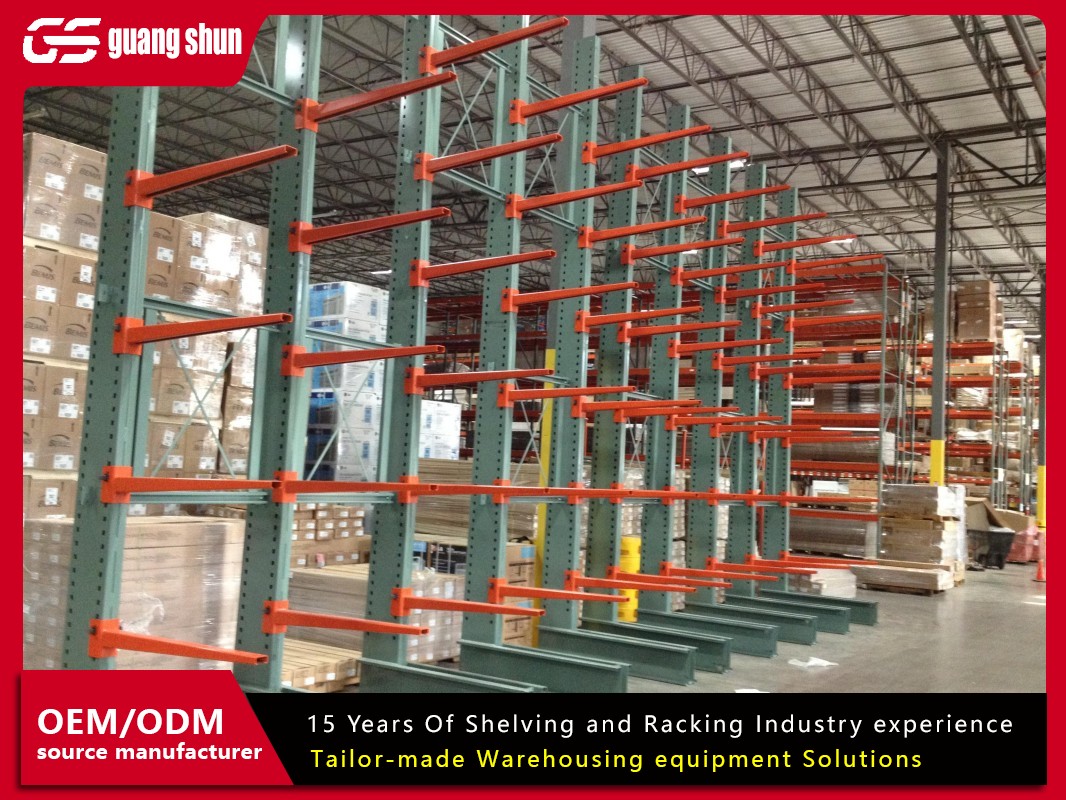In the intricate world of logistics, manufacturing, and e-commerce, the backbone of any efficient operation is its storage system. At the heart of these systems lies a critical component: industrial shelving and racking. For businesses seeking robust, reliable, and scalable storage solutions, turning to a specialized Rack Warehouse is often the most strategic move. But what exactly does this term entail? This definitive guide will delve deep into the concept of a Rack Warehouse, exploring its various facets, benefits, and the common questions that arise when selecting and implementing these essential systems. Whether you're optimizing a existing facility or designing a new one, understanding the offerings of a true Rack Warehouse provider is key to unlocking unparalleled operational efficiency.
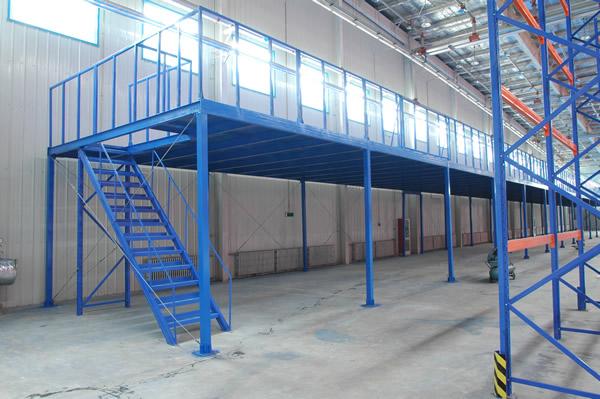
What Exactly is a Rack Warehouse?
The term "Rack Warehouse" can be interpreted in two primary ways, both central to the storage industry.
First, it refers to a physical facility—a warehouse—that is exclusively or primarily equipped with high-density, industrial-grade storage racking systems. This isn't just a simple shelving unit in a corner; it's a vast, engineered ecosystem designed to maximize vertical and horizontal space. A true Rack Warehouse utilizes systems like pallet racking, cantilever racks, or drive-in racks to store immense quantities of goods in an organized, accessible, and safe manner. The design philosophy is centered on density and efficiency, turning cubic air space into valuable inventory real estate.
Second, and more commonly in a commercial context, "Rack Warehouse" is used to describe a specialized supplier or distributor. These companies are not end-users but are providers of a vast range of storage and shelving solutions. They act as a one-stop-shop, or a "warehouse," for all types of commercial and industrial racks—from simple boltless shelving for a retail stockroom to massive structural pallet racking for a distribution center. When you partner with a reputable Rack Warehouse supplier, you gain access to expertise, a wide product selection, and often value-added services like design, installation, and inspection.
The Diverse Types of Rack Systems Offered by a Rack Warehouse
A premier Rack Warehouse doesn't believe in a one-size-fits-all solution. Different products and workflows demand different storage approaches. Here are the most common systems you'll find:
1. Selective Pallet Racking: This is the workhorse of the industry. Its open-frame design (uprights and beams) allows direct access to every single pallet, making it ideal for warehouses with a high number of SKUs. Varieties include roll-formed (light to medium duty) and structural (heavy duty for extreme loads).
2. Drive-In/Drive-Through Racking: Designed for high-density storage of homogeneous products. Forklifts literally drive into the rack structure to place and retrieve pallets. This system sacrifices selectivity for immense space savings, perfect for cold storage or storing large quantities of the same item.
3. Cantilever Racking: The undisputed champion for storing long, bulky, or irregularly shaped items like lumber, piping, furniture, or carpets. Arms extend from a single column, providing unobstructed access to the stored material without the interference of front columns.
4. Mezzanine Systems: While not racking per se, a quality Rack Warehouse will often offer mezzanines. These are elevated platforms that effectively create a second story within a high-ceiling facility, dramatically increasing your usable floor space for offices, packing stations, or additional storage.
5. Mobile Shelving and Carousel Systems: For smaller parts in industries like aerospace or pharmaceuticals, high-density mobile systems that compress aisles or automated vertical carousels can be sourced through advanced Rack Warehouse providers.
Key Advantages of Sourcing from a Specialized Rack Warehouse
Why should a business seek out a dedicated Rack Warehouse provider instead of a general industrial supplier? The benefits are substantial:
Expertise and Consultation: A true specialist offers more than just products; they provide solutions. They can conduct a needs analysis, assess your space, and recommend the most efficient and cost-effective system for your specific application.
Product Quality and Safety: Reputable providers stock systems that meet or exceed industry standards (like RMI - Rack Manufacturers Institute). This ensures the structural integrity and safety of your storage infrastructure, protecting both your inventory and your employees.
Scalability and Flexibility: As your business grows, your storage needs will change. A Rack Warehouse can supply add-ons, reconfigure existing systems, or design new zones that integrate seamlessly with your current setup.
Cost-Effectiveness: By offering a wide range of both new and sometimes used racking, they provide options for every budget. Their expertise also helps you avoid costly mistakes like under-specifying a system, which can lead to catastrophic failures.
Comprehensive Service: Many offer full-service packages including professional installation, seismic bracing, and ongoing safety inspections—services a typical retailer cannot provide.
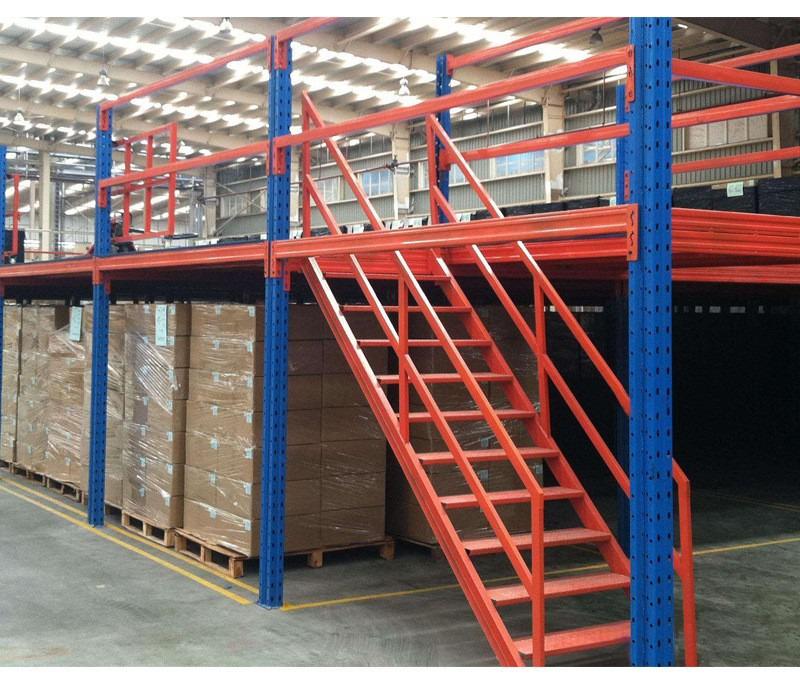
Critical Considerations When Choosing Your Rack Warehouse System
Selecting the right system is a complex decision. Before contacting a Rack Warehouse, consider these factors:
Inventory Profile: What are the dimensions and weights of your products (or pallets)? How many SKUs do you have?
Flow-Through and Accessibility: What is your inventory turnover? Do you need first-in-first-out (FIFO) or last-in-first-out (LIFO) access?
Available Space: What are the dimensions of your facility, including ceiling height, floor conditions, and column placements?
Equipment Compatibility: What type of forklifts or order-picking equipment will you be using? The aisle width required by your equipment directly determines which racking systems are viable.
Budget: Consider both the initial capital outlay and the long-term Total Cost of Ownership (TCO), which includes maintenance, potential reconfiguration, and scalability.
Common Questions and Concerns About Rack Warehouse Solutions (FAQ)
Engaging with a Rack Warehouse often brings up several important questions. Here are answers to some of the most frequent queries.
What is the weight capacity of standard pallet racking?
There is no single "standard" capacity. Load capacity is determined by the specific components (upright frame capacity and beam capacity), the configuration (height, beam levels), and the load's dimensions. A professional from a Rack Warehouse will calculate this for you based on your requirements. Never exceed the rated capacity provided by the manufacturer.
Can I install a racking system myself, or do I need professional installation?
While smaller, boltless shelving units are often DIY, larger, structural pallet racking systems must be installed by trained professionals. Improper installation is a leading cause of rack failures and collapses. Reputable Rack Warehouse companies employ certified installers who ensure the system is level, plumb, properly anchored, and has all necessary safety locks and guards installed correctly.
How often does my racking need to be inspected?
The Occupational Safety and Health Administration (OSHA) requires that "Storage racks shall be inspected periodically by a designated person." While no specific timeframe is mandated, industry best practice, supported by RMI, recommends a formal, documented inspection by a qualified person at least annually. Daily or weekly visual inspections by warehouse staff should also be conducted to spot any obvious damage.
What should I do if my racking is damaged?
If you notice any damage—especially bent, cracked, or dented uprights, beams, or footplates—you must immediately cordon off the area and unload the affected section. Do not use the damaged rack. Contact your Rack Warehouse provider or a rack safety inspector immediately. They can assess the damage and determine if the component can be repaired or must be replaced. Never attempt to straighten a bent beam or upright.
What’s the difference between roll-formed and structural racking?
This is a crucial distinction. Roll-formed racking is made from steel coil that is cold-rolled into shape. It is typically lighter, more economical, and used for light to medium-duty applications. Structural racking is made from heavy-gauge steel beams (often C-shaped) that are welded together. It is designed for much heavier loads and is the standard for severe-duty applications and high-bay warehouses. Your Rack Warehouse consultant will specify the correct type.
Is used racking a safe and viable option?
Yes, purchasing high-quality used racking from a trusted Rack Warehouse supplier can be an excellent way to save money. The key is the supplier. They should thoroughly inspect all components, only sell pieces that meet original manufacturer specifications, and provide full documentation on capacities and configurations. Avoid buying used racking from uncertified sources, as you have no guarantee of its history or integrity.
Investing in your storage infrastructure is investing in the efficiency and safety of your entire operation. A Rack Warehouse is more than just a vendor; it is a strategic partner that provides the physical systems and the intellectual capital needed to build a optimized, scalable, and safe storage environment. By understanding the types of systems available, the key selection criteria, and the answers to common concerns, you are empowered to make informed decisions. Whether you are building a new Rack Warehouse from the ground up or simply optimizing an existing layout, choosing an expert provider ensures that every square foot of your facility works as hard as you do.



